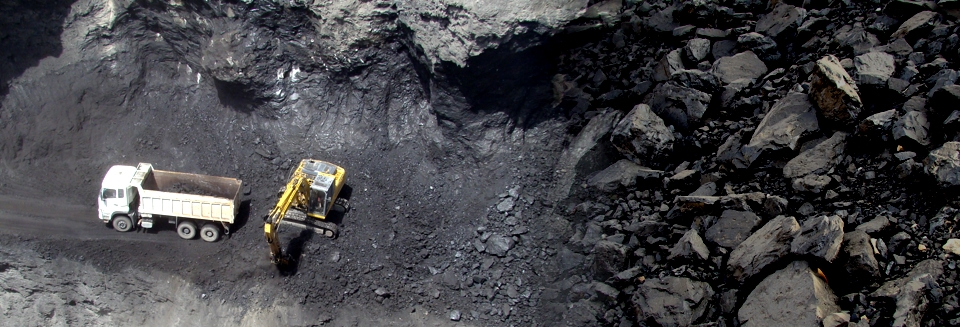Gilsonite composition
Its particle size varies between 4- and 200-mesh. Pulverized Gilsonite, "Natural asphalt, Natural Bitumen" is commonly used to control lost circulation.
Gilsonite "Natural Asphalt, Natural Bitumen"specification in temperature support at bottom hole temperatures (bhts) between 60°c and 230°f (16° and 110°c).
Adding 2% or more Bentonite to the slurry will help prevent separation.
When perforated, it is shatter-resistant.
It does not significantly affect the setting time of cement.
Gilsonite, "Natural asphalt, Natural Bitumen" specification can provide higher strength than heavier additives with high water requirements.
Gilsonite water friendly:
We are sulfonating Gilsonite, "Natural asphalt, Natural Bitumen" which is not compatible with water to Gilsonite water friendly mode.Water friendly Gilsonite is natural bitumen environmentally safe and specially formulated to protect hole shale water base drilling.
The drilling fluid serves a number of functions including taking heat away from the drill bit and facilitating the return of drill cuttings to the surface. There are three main types of drilling mud, including Gilsonite muds.
A major component of drilling fluid is its base fluid. A drilling fluid may be aqueous based, hydrocarbon based, synthetic based, or an emulsion, such as an oil-in-water or water-in-oil (“invert”) emulsion. Aqueous based, or water based, drilling fluids are used frequently in the industry and provide an economic advantage over oil based drilling fluids. They are also considered more environmentally friendly. Drilling with aqueous based fluids can be problematic in certain formations however, due to hydration and swelling of water-absorbing rock and clay in the formation leading to instability of the well bore. Such hydration and instability can be reduced by using an oil based drilling fluid. Although oil based fluids are more costly than aqueous based fluids, they are generally preferred for deep drilling, high temperature drilling or when a substantially non-reactive base fluid is required for a particular drilling operation or formation.
Liquid and emulsion Gilsonite "Natural Asphalt, Natural Bitumen":
The present invention deals with the consequences of using water-based drilling Gilsonite muds. When the hydrostatic pressure of the drilling mud in the wellbore exceeds the inwardly acting pressure of the surrounding formation, the drilling mud is forced into the surrounding formation through the walls of the wellbore. In many applications the liquid and emulsion Gilsonite in drilling mud is intended to be deposited in and/or on the wellbore wall, forming so called “filter cake” which, amongst other things, helps to limit the invasion of formation fluids into the wellbore; reduces the risk of the wellbore collapsing during drilling; and resists the escape of drilling fluids into the formation.
Gilsonite "Natural Asphalt, Natural Bitumen" elements:
Gilsonite elements, Gilsonite or natural asphalt is available to deliver in various grades and categorized by softening point. Softening point is working as an approximate guide to melt viscosity in solution. The chemical specifications are different between Gilsonite grades, with only solubility and asphaltene or resin-oil ratios.


